Kenzo Takada is one of the first truly global fashion superstars, one of the first people on the planet to be recognised by his first name only.
He found fame, became the centre of a new aesthetic in Paris, sold his name, downsized and while he is no longer materialistic he still has a soft spot for Japanese ceramics. “I have a lot, mainly by contemporary artists, but anything I buy I research extensively first.”
His new apartment is about a quarter the size of his previous Paris townhouse but is still sizeable. Set in a typical Parisian Haussmann building it too has a roof terrace from where you can admire the city’s mansard roofs. Situated south of the river in a chic neighbourhood on the Left Bank, his studio is located on the floor below, and he’s under doctor’s orders to take the stairs to and from work.
While he may have decluttered his home is still full of pieces with great back-stories. In the salon origami birds that fly out from a canvas was made for him by his assistant Banjamin Gaumard.
The sense of balance in terms of pattern, print and form that made his name in clothing is something he carries into his life, exercising in the morning using yoga and shiatsu to open him to the day. This he does in the bedroom suite, “where I keep my mess, mainly papers, books and paints”. Professing an inability to clean, the room has a hotel standard slumber set-up – he likes a pretty firm bed – and two dressing rooms.
Private chef
The kitchen is the one room that doesn’t see a lot of action. “When I was young I used to cook but then I hired a private chef and he learned to cook both Japanese and French cuisines.” Although he has since gone on to become a celebrated chef he still delivers food to Kenzo though and most days what’s on the menu is a surprise to Mr Takada – just the way he likes it.
Kenzo Takada was one of the first generation of independent fashion designers to recognise that dressing up should, first and foremost, be fun. While he studied fashion in Japan his real education only began when he travelled to France at the age of 24 on a slow boat stopping off to explore much of Asia, India and Africa en route.
This was the year the swinging 60s really began to groove. This first trip abroad opened his eyes to the way different cultures expressed themselves in dress.
By the time he sailed into Marseille, the pattern, colour and different tribes he encountered at each port had had time to percolate into what became his signature style, a fusion of the eastern aesthetic of form and pattern with a western love of print, always returning to his country’s traditional kimono for inspiration, a garment his sisters had worn at home when he was growing up.
“In Paris I had to go back to Japan to do something new which was the mix of European with the eastern. I wanted to do something different and was looking for my own identity. At the time no one was doing this.”
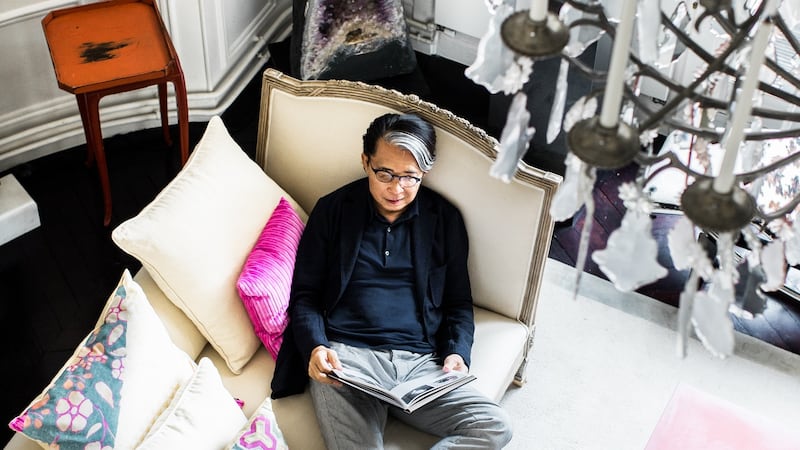
His east meets west aesthetic spelled a fresh look for Paris fashion; smock tent dresses, oversize dungarees, enlarged armholes and new shoulder shapes – it was loose but sexy heralding in the 1970s – one of design’s most creative decades.
At the height of his fame he bought a former factory at Place de la Bastille in the Marais, then a bit of a no-go area but now Paris’ hippest quarter. Building work began in 1987. He moved in 1989 when it was only half finished. Completed in 1993, the mansion, at the back of a Paris courtyard, was redesigned as a Japanese house with bamboo gardens, a cascade, balconies, and an indoor pool. It measured 1,200sq m.
With Jerry Hall, Grace Jones and Inès de la Fressange all walking his runway it was here that Kenzo held court at epic fashion parties with many ending up in the pool. It was a golden age for fashion in Paris.
Inspired
At the time he said the house was inspired by the Bangkok home of the former architect turned silk entrepreneur (and, some say, spy), Jim Thompson, whose property is now a museum showcasing authentic Thai fabrics and furniture, Belgian glass and Victorian chandeliers.
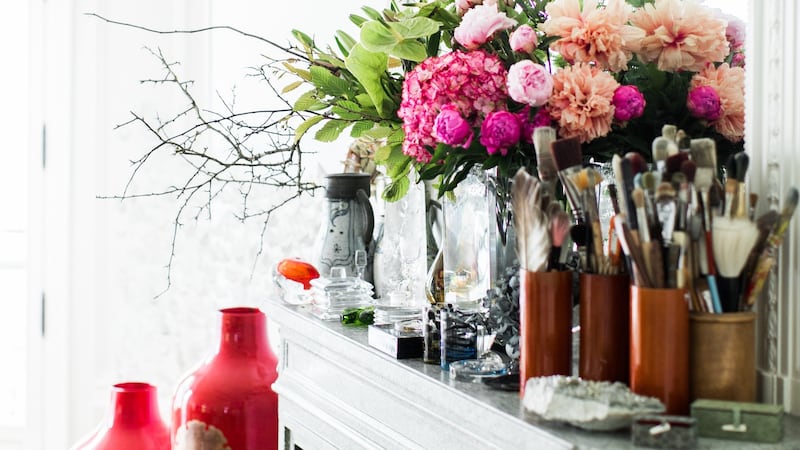
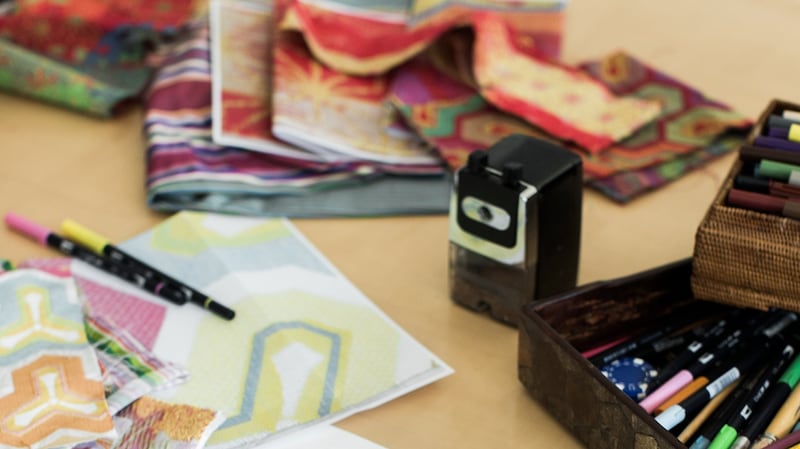
Kenzo put his house on the market in 2007 and two years later, two months after the Pierre Bergé and Yves Saint Laurent sale made international headlines netting close to €374 million, he put much of its contents, some 1,000 items, for sale through auction house Aguttes. It netted about $2.63 million (€2.31 million), small potatoes when compared to the Bergé/Laurent haul but significant by any mere mortal’s standard.
It’s hard to believe that Kenzo Takada was once a struggling artist. When he came to Paris it took several years for others to see his talent. His first real break came when his designs were accepted by fashion house Louis Feraud.
By 1970 he had opened his shop Jungle Gap. Illustrated with the fauve-style imagery of primitive painter Henri Rousseau, one of the many artists he admired, it became a place for the beautiful people to hang out and appreciate his super saturated version of modernity a decade before the more acetic designs of fellow Japanese designers Yohji Yamamoto and Rei Kawakubo of Comme Des Garcons hit the Paris catwalks.
In 1993, he sold both his empire and his first name to luxury giant LVMH. Once he retired from fashion in 1999, he become known as Kenzo Takada channelling the same east meets west aesthetic into interiors.
His work includes, Lights of Asia, a line for French crystal company Baccarat, collections for one of Japan’s oldest eyewear firms Masunaga, he is an ambassador for the five-star hotel chain Mandarin Oriental, a custom carpet and rug range for Tai Ping, called Dreams of the Orient, and collections for French furniture firm Roche Bobois.
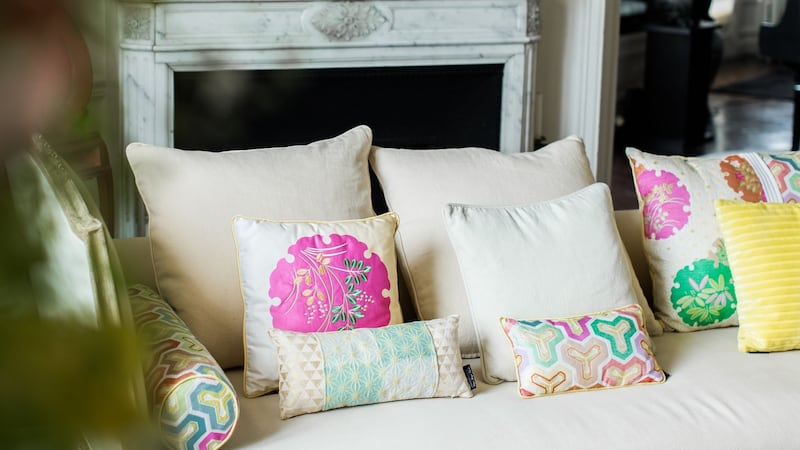
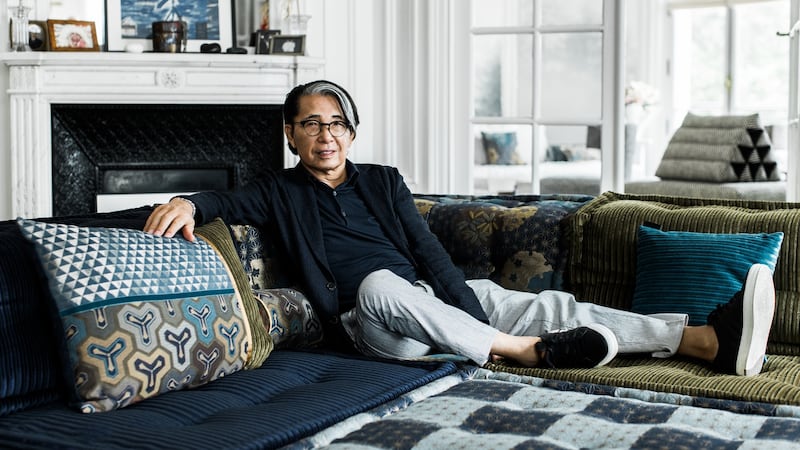
His assistant Antonia Marras took over from Takada on his retirement and in 2011 Humberto Leon and Carol Lim of Opening Ceremony were brought in to make the brand relevant to the next generation.
But Monsiur Takada still has his tribe. These followers of fashion are as ageless as he is and remain as dedicated to his style as they were the first time they tried his clothes on. Only now they must buy for their homes rather than for themselves. Roche-bobois.com











